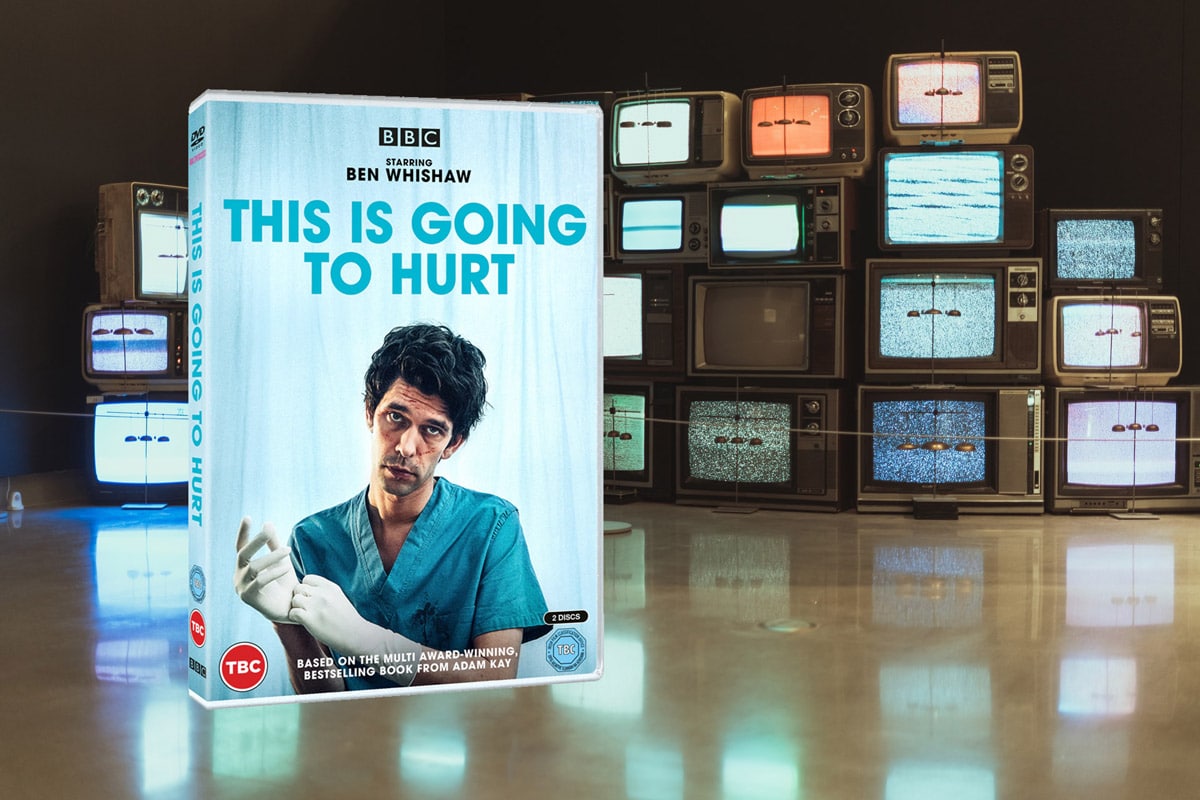
If you ask any fan of Indian cinema to name that country’s greatest movie director, they will almost certainly tell you it was the Bengali filmmaker Satyajit Ray. Between 1955 and his death in 1992 he directed a total of 36 movies. His very first movie, Pather Panchali (‘Song of the Road’) is usually considered his greatest masterpiece. It shows the life of one poor couple and their children in a village in west Bengal. The story focuses on the mother Sarbajaya, and the young daughter and son, Durga and Apu. It depicts the ordeals they suffer when the father leaves home to seek work in the city in order to support them. It is deeply moving, at times almost unbearably so.
Pather Panchali is a masterpiece in its own right but there are particular reasons why GPs might want to find time to watch it.
One reason for the movie’s fame is that Ray broke away from a tradition of sentimentality in Indian cinema, to give an authentic picture of the lives led by the poor and destitute, both in the lyrical details of their everyday pleasures, and their vulnerability to suffering at the hands of chance, disease, climate and those with more power. Pather Panchali is a masterpiece in its own right but there are particular reasons why GPs might want to find time to watch it. There are few other movies that show such a profound understanding of family life among people living at the margins, and down the generations.
Ray’s accomplishment in the movie is extraordinary in other ways too. Although he based the story on a well-known novel, he had no script. Instead, he asked the actors to improvise from his drawings and notes. For the score, he commissioned the classical sitar player Ravi Shankar – later a worldwide celebrity – as composer and performer. He spent all his own savings to make the film and used mainly amateur actors. For the role of seven-year-old Apu, he rejected every child who attended the auditions but persuaded a local boy whom his wife happened to see in a playground.
Afterwards, Ray made two further movies showing Apu growing into adulthood: Aparajito (‘The unvanquished’) and The World of Apu. Over the trilogy Apu, was played by a total of four different actors but most filmgoers would regard the most memorable as Subir Banerjee, the boy who played him in the first movie. Banerjee became one of the most recognisable child stars in movie history but never took part in a movie again. He returned to obscurity, becoming a mill worker in a factory and then a clerk, before taking early retirement. He evidently took no interest in cinema.
Ganguly’s biopic raises many questions about identity, class, culture and fate
Nearly sixty years later, a different Bengali director, Kaushak Ganguly, made a semi-biographical movie inspired by the Subir Banerjee’s unusual life. Called Apur Panchali, it combines clips from the original trilogy with black and white scenes re-creating Banerjee’s obscure middle years (played by an actor), as well as ‘mockumentary’ footage in colour, imagining a journalist tracking him down in his sixties (played by another actor) and persuading him to travel to Germany to receive a very belated award for his performance as a child.
Some viewers may find its mixture of reality and fiction rather confusing or be troubled by its contrived ending. All the same, Ganguly has been widely praised for showing how Banerjee’s humble life in some ways mirrored that of Apu, and that even temporary fame could not break the cycle of poverty into which he was born. Like the Apu trilogy, Ganguly’s biopic raises many questions about identity, class, culture and fate – but few directors ever did so as powerfully as Satyajit Ray himself.
Featured image by SAUVIK BOSE on Unsplash








